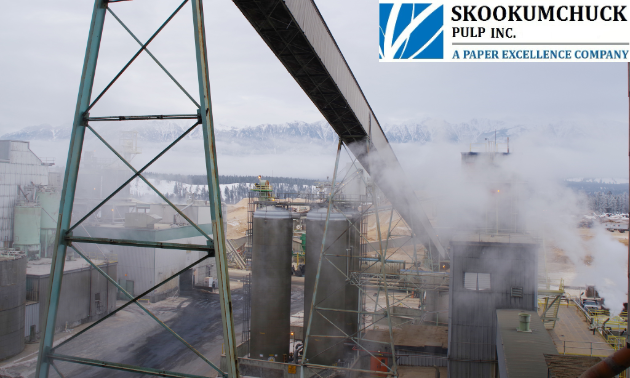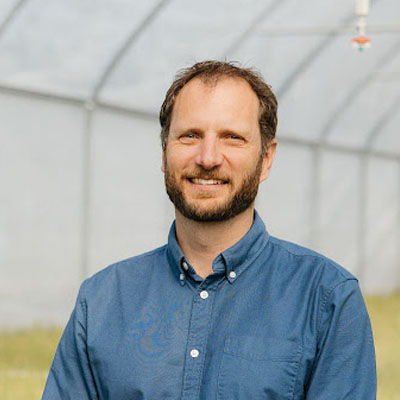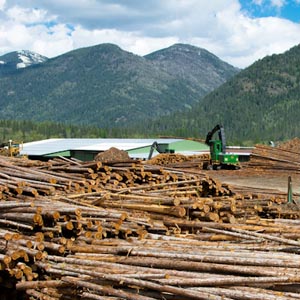The timeline: 50 years at Skookumchuck Pulp Inc.
By the numbers: Highlighting Skookumchuck Pulp Inc.’s history

Taken on a cold winter day, this photo shows the wood chip piles in the background. In the centre, we see chlorine dioxide storage towers. Above these is the inclined “long belt,” which transports screened wood chips to the chip bin. — Robert Hawkins photo
A long time ago, on a piece of land not far from home, Skookumchuck Pulp Inc. made its debut. Fifty years later, the mill is still producing pulp and employing hundreds of East Kootenay residents. A lot can happen in a half-century. Skookumchuck’s history is rife with change from ownership to environmental upgrades. The following is a look at some of the mill’s highlight moments.
Ground zero
Crestbrook Forest Industries (CFI) started up Skookumchuck Pulp Inc. in the fall of 1968.
The mill’s first major upgrade came about in 1977 when a new bleach plant was installed.
In 1985, the mill changed its digesting system, turning it from a single vessel hydraulic digester to a two-vessel vapor-faced digester, which was modern technology at the time.
The ’90s: to infinity and beyond
From 1993 to 1995, Skookumchuck undertook a large capital investment, bringing the mill up to standard with the environmental performance necessary to continue operations. “That was a big investment—$350 million in total,” said Gavin Baxter, general manager at Skookumchuck Pulp Inc. “It was huge. It also got us more production and cost but it was mainly driven by the environment.”
Part of the overhaul was a new recovery boiler, which came in with a lofty price tag of over $150 million. Other upgrades included modern bleaching equipment, an oxygen delignification system and a third-stage effluent treatment system to treat and remove the colour of the effluent. “There’s no other mill in Canada that does that—it’s very innovative,” Baxter said. “We have a colour permit on Kootenay River—we can’t change the colour of the river by more than 15 colour units. We’ve been able to keep up from an environmental point of view. If you can’t, eventually, that tends to close you down.”
A fresh start to the new millenium
In 1999, Tembec became the second owner of the mill by purchasing Skookumchuck Pulp Inc. from Crestbrook Forest Industries.
Two years later, in 2001, the mill converted an old boiler that was shut down in 1993 into a wood waste boiler. All of the teepee burners (also called beehive burners) within the East Kootenay were shut down because of pollution and complaints about smoke. Skookumchuck currently burns about 500 tonnes of wood waste a day from sawmills and other wood facilities that have excess amounts of refuse.
Also around that time, the mill put in a 45-megawatt turbine to generate power for Skookumchuck with enough left over to sell to BC Hydro, further adding to the company’s profitability.
Paper Excellence, Skookumchuck’s current owner, bought the mill from Tembec in 2013.






Comments